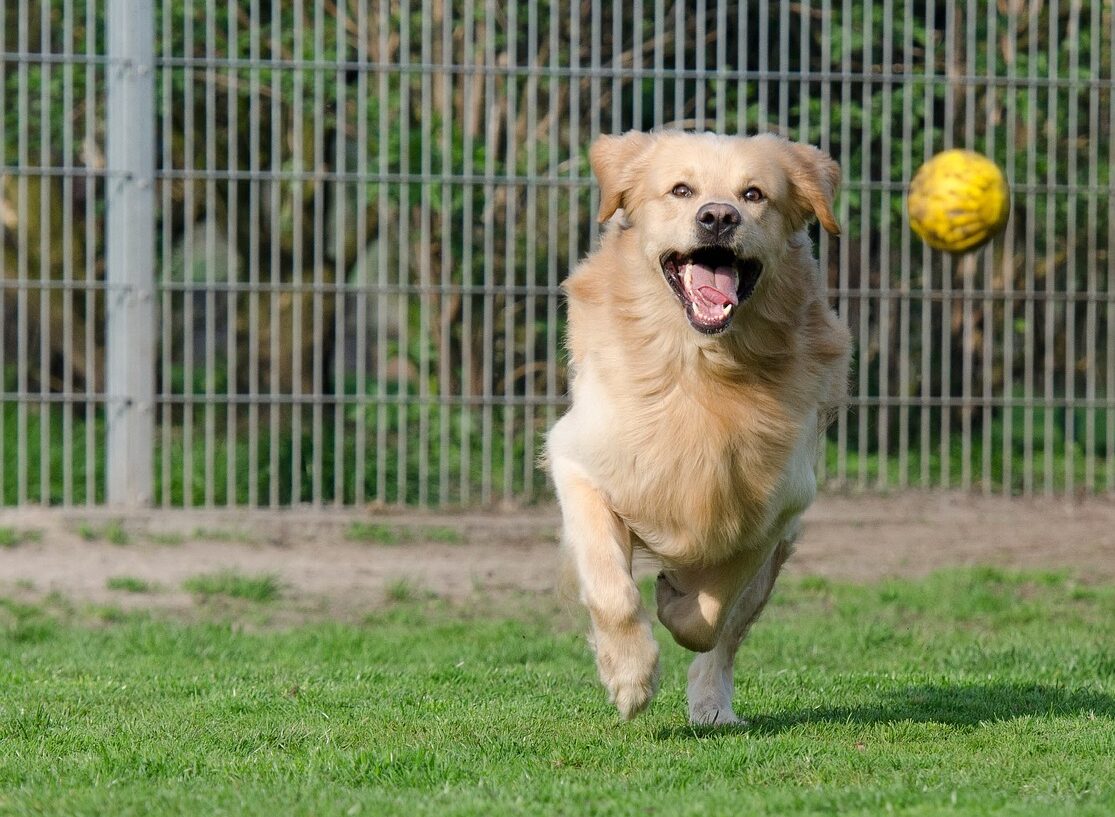Why Do Dogs Play? Function and Welfare Implications of Play in the Domestic Dog

Play is an enigmatic behaviour, the function of which is still debated, despite more than a century of research. We discuss the evolutionary function of play behaviour, focusing on the domestic dog (Canis familiaris), a unique species due to its past domestication and current cohabitation with humans. The ultimate function of play in dogs is explored through four main theories: 1) developing motor skills; 2) training for the unexpected; 3) social cohesion; and 4) play as a by-product of biological processes. The proximate functions of play and the association between play and animal welfare, which is widely believed to be positive, are examined. The majority of evidence supports the developing motor skills and social cohesion functions of play in dogs, with some support for training for the unexpected. Most types of play appear to improve social cohesion between humans and dogs, increasing their familiarity and reducing agonistic interactions. Play in dogs is unlikely to have arisen only as a by-product of other biological processes, but has been shaped directly and indirectly by artificial selection. Multiple factors determine when and why adult dogs play and these differ for solitary, intraspecific and interspecific play. We suggest that play is not a reliable, generalisable, positive welfare indicator, but, rather, a heterogeneous behaviour which serves different functions. This multifaceted view of play implies that early experience, prior life-history and the context of the interaction define the association between play and welfare.
Sommerville, R., O’Connor, E.A., and Asher, L. (2017). Why do dogs play? Function and welfare implications of play in the domestic dog. Applied Animal Behaviour Science, 197, 1-8.
View ResourceTopic(s): Animal Welfare, Behavior, Breeder Resource, Dog to Dog, Dog Welfare, Social Interactions, Welfare